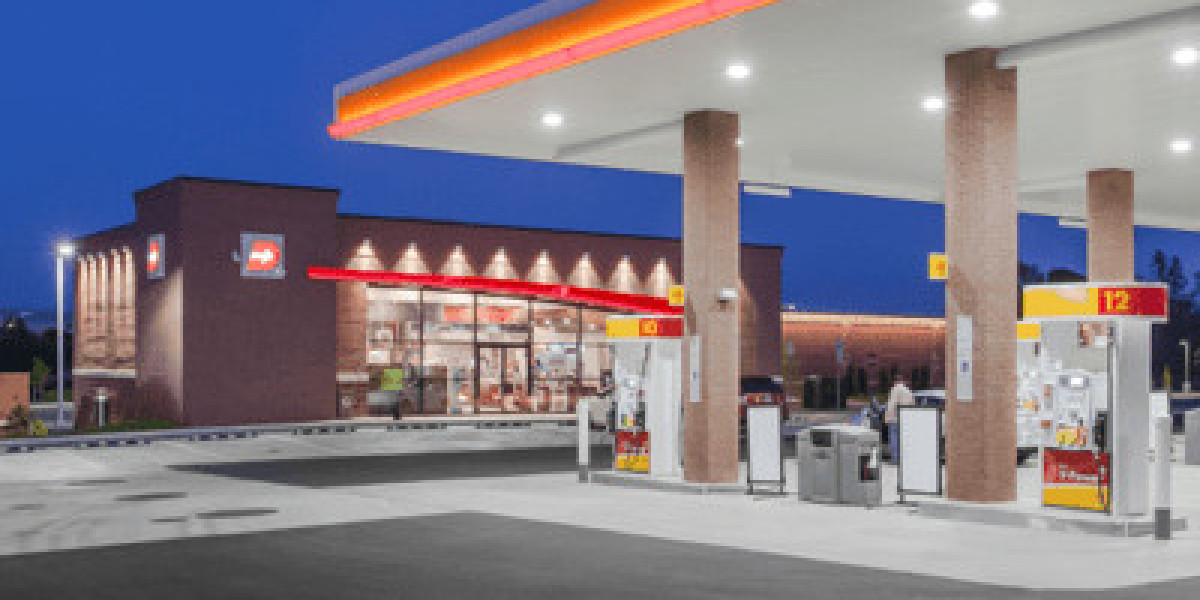The gas station business is a cornerstone of the American economy, providing essential services to millions of motorists daily. However, with rising competition, fluctuating fuel prices, and changing consumer preferences, running a successful gas station requires more than just offering fuel. Implementing effective strategies is crucial for long-term success. Here are several key strategies that gas station owners can adopt to thrive in this competitive industry.
1. Diversifying Product and Service Offerings
While gasoline sales are the primary revenue source for most gas stations, diversifying the range of products and services can significantly enhance profitability. Consider the following options:
Convenience Store: Adding a convenience store can provide additional income through the sale of snacks, beverages, and everyday items. This attracts customers who may stop for gas and also want to purchase groceries or quick meals.
Car Wash Services: Installing a car wash can attract more customers to the station and create a steady stream of revenue. Offering package deals that combine fuel discounts with car wash services can further incentivize purchases.
Repair Services: Providing basic vehicle maintenance services, such as oil changes or tire checks, can help build customer loyalty. Many consumers prefer one-stop shopping for their vehicle needs.
2. Enhancing Customer Experience
Creating a positive customer experience is crucial for building loyalty and encouraging repeat business. Here are some strategies to enhance customer satisfaction:
Clean and Well-Maintained Facilities: Regularly clean and maintain the gas station premises, including restrooms, convenience stores, and parking lots. A clean and welcoming environment encourages customers to return.
Friendly Staff: Hire and train employees to provide excellent customer service. Friendly and knowledgeable staff can enhance the customer experience and encourage word-of-mouth referrals.
Loyalty Programs: Implementing a loyalty program that rewards customers for their purchases can encourage repeat business. This could involve offering discounts, points for fuel purchases, or exclusive deals on products.
3. Embracing Technology
Integrating technology into gas station operations can streamline processes and improve customer engagement. Consider these tech-driven strategies:
Mobile Apps: Develop a mobile app that allows customers to track fuel prices, earn rewards, and receive notifications about promotions. A user-friendly app can enhance customer convenience and engagement.
Digital Payment Solutions: Offering various payment options, including mobile wallets and contactless payments, can cater to tech-savvy customers and improve transaction speed.
Fuel Management Systems: Investing in advanced fuel management systems can help monitor fuel inventory, detect leaks, and optimize pricing strategies. These systems can also provide valuable data on customer buying habits.
4. Implementing Sustainable Practices
Sustainability is becoming increasingly important to consumers. Gas station owners can differentiate themselves by implementing eco-friendly practices:
Alternative Fuels: Consider offering alternative fuel options, such as electric vehicle (EV) charging stations or biodiesel. This not only attracts environmentally conscious customers but also positions the station as a forward-thinking business.
Energy Efficiency: Invest in energy-efficient equipment and lighting to reduce operational costs. Implementing solar panels can further decrease energy expenses and appeal to eco-friendly consumers.
Waste Management: Establish effective waste management practices, such as recycling programs and waste reduction strategies, to minimize the environmental impact of the business.
5. Strategic Marketing
Effective marketing can significantly enhance a gas station’s visibility and attract new customers. Implementing targeted marketing strategies can help in achieving long-term success:
Local Advertising: Invest in local advertising channels, including community newspapers, radio stations, and social media platforms. Engage with the local community by sponsoring events or collaborating with local businesses.
Promotions and Discounts: Run promotional campaigns during peak travel seasons or holidays. Offering discounts on fuel or convenience store items can attract customers looking for the best deals.
Branding: Establish a strong brand identity that reflects the values of the business. Consistent branding across all platforms can enhance recognition and trust among customers.
6. Monitoring Industry Trends
Staying informed about industry trends and changes can help gas station owners adapt and thrive. Here are some areas to focus on:
Fuel Price Trends: Regularly monitor fuel price fluctuations and adjust pricing strategies accordingly. Competitive pricing can attract customers, especially during peak travel seasons.
Consumer Preferences: Keep track of shifting consumer preferences, such as the increasing demand for convenience and sustainability. Adapting to these preferences can help retain customers and attract new ones.
Regulatory Changes: Stay updated on local and federal regulations regarding fuel sales, environmental standards, and safety measures. Compliance is essential to avoid penalties and ensure smooth operations.
Conclusion
The gas station business presents numerous opportunities for success, but it requires a proactive approach to stand out in a competitive landscape. By diversifying product offerings, enhancing customer experience, embracing technology, implementing sustainable practices, employing strategic marketing, and monitoring industry trends, gas station owners can position themselves for long-term success. With careful planning and execution, a gas station can become not just a fueling stop, but a community hub that meets the diverse needs of customers.







